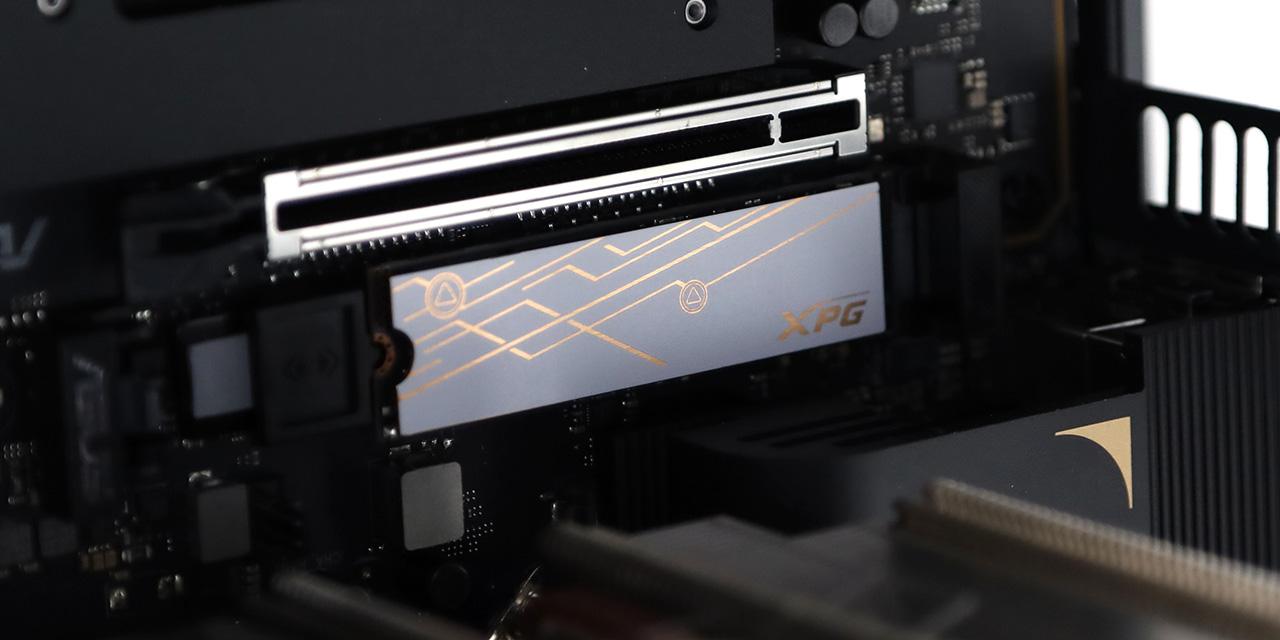|
From X-bit Labs: OCZ Technology Group, a well-known supplier of advanced memory modules, on Tuesday unleashed two new series of DDR3 products with lowered voltage settings. Lower-voltage allows not only to trim power consumption of high-density memory sub-system, but also to achieve higher results during overclocking. OCZ Platinum ELV (extreme low-voltage) 2GB DDR3 modules with 1.35V nominal voltage are available as 6GB triple-channel memory kits for Intel Core i7 microprocessors. At present OCZ offers Platinum ELV kits with PC3-10666 (1333MHz) and PC3-12800 (1600MHz) speed bins and either CL8 8-8-24 or CL9 9-9-24 latency settings. Just like the rest Platinum-series modules, the new ELV products are equipped with proprietary XTC (extreme thermal convection) heat-spreaders OCZ Gold ULV and Reaper ULV (ultra low-voltage) memory modules are available in 4GB versions and have nominal voltage of 1.5V. ULV modules will be available in dual-channel (8GB) or triple-channel (12GB or 24GB) kits with PC3-10666 (1333MHz) and PC3-12800 (1600MHz) speed bins and either CL8 8-8-24 or CL9 9-9-24 latency settings. Reaper ULV modules traditionally with enhanced heat-spreader with heat-pipe. "We are pleased to announce a complete range of low-voltage memory offerings designed for the latest crop of energy efficient platforms. In the past, lower voltage meant lower performance, but now with our extreme-low voltage optimized memory, consumers don't have to sacrifice high performance to also achieve energy savings," said Eugene Chang, vice president of product management. Other leading manufacturers of memory modules nowadays also offer devices with lowered nominal voltages. At present such products are less popular than high-speed ones, but given the fact that next year both Intel and AMD are projected to release new platforms which key features will be lowered consumption of energy, it is likely that "green" memory modules will also gain acceptance on the market. View: Article @ Source Site |
 |
OCZ Releases Low-Voltage Memory Modules for Next-Gen DDR3 Platforms
© Since 2005 APH Networks Inc. All trademarks mentioned are the property of their respective owners.





